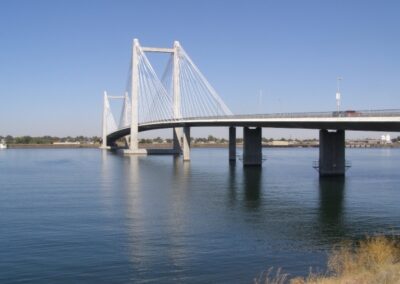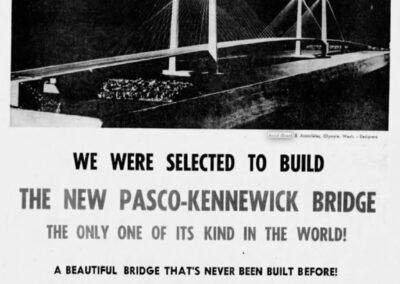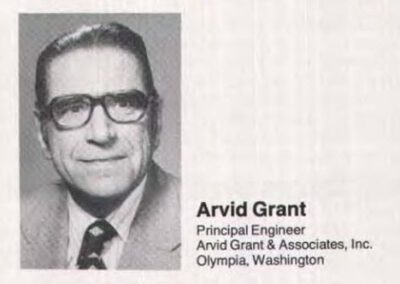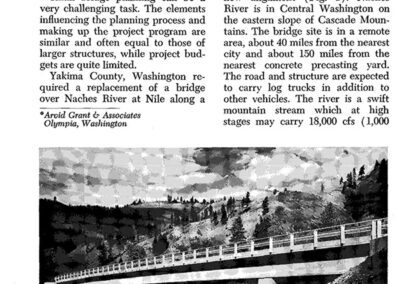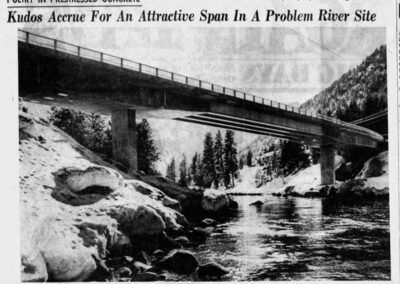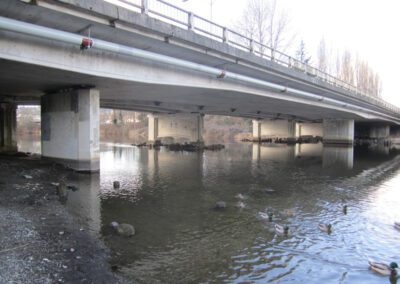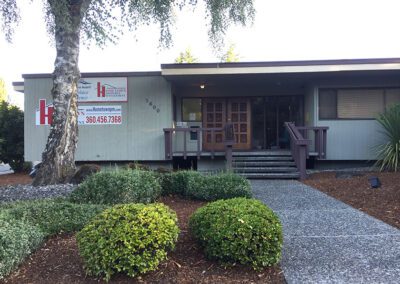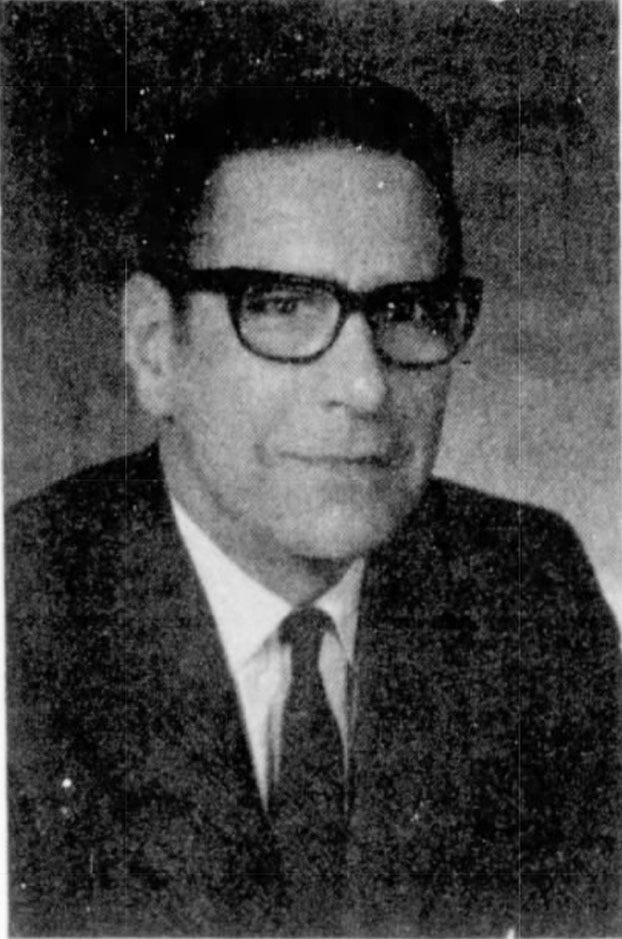
Grant, Arvid P.
(1920- 2014)
Born in Kalsnava, Latvia on July 15, 1920, Arvids Olgerts Upesleja emigrated to the United States with his wife Ilga and their daughter Zane in 1951. They were part of a group of Latvian and Estonian “Displaced Persons” from war-torn Europe. Along with several other families, they settled in Olympia with the help of Lutheran World Relief and Gloria Dei Lutheran Church. Shortly after his arrival, Arvid Americanized his name, changing it to Arvid Peter Grant. By then in his early 30s, Grant had studied architecture and engineering in Europe, receiving degrees from the University of Latvia in Riga, and the School of Architecture & Engineering of Baltic University in Hamburg, Germany. He later received an Honorary Doctorate degree from Riga in 1990.
After working for the Western Bridge Construction Company in Seattle and assisting with the City of Olympia Engineering Department in a downtown street improvement program (1953-55), Grant took a job with the Washington State Department of Transportation. While there he was associated with the building of the I-5 freeway through Olympia, designing several bridges and interchanges (1956-58).
With experience at hand, in 1962 Grant decided to establish his own engineering practice in Olympia. Engineer John H. Clark joined the firm in 1963 as an associate. Other team members included Richard Hensel, Warren Kroger, and Garth Anderson.
The firm focused mainly on the design of bridges, but also took on a variety of municipal infrastructure projects such as a community-wide street improvement program for the City of Centralia (1963), and the sewer system for the City of Mossyrock (1965). However, it was their bridge designs that would put Grant’s name in the history books as one of the most award-winning engineers of his day. Reportedly over the course of his career, he designed more than 200 bridges.
Many received awards including the Wenatchee River Bridge (also known as the Cascade Orchards Bridge) on Icicle Road outside of Leavenworth (1965). The bridge received an honor award from the Pre-stressed Concrete Institute in 1966. This was followed by a design for the Cle Elum River Bridge which received honors from the American Institute of Steel (1966). The next year, his Yakima River Bridge outside of Ellensburg (1967) received a first place Honor Award for Engineering Excellence from the Consulting Engineers Council of Washington in 1968. The Kenmore Bridge at NE 68th St over the Sammamish River also received a Merit Award from Consulting Engineers Council of Washington in 1970. Priest Point Park Bridge in Olympia received a 1973 U.S. Pre-stressed Concrete Institute Award for the quality of its design, function and economy. Other notable bridges include the Naches River Bridge in Yakima County (1965), the Adams Street Bridge in Connell (1966), and the Monse Bridge in Okanogan County (1966).
However, Grant’s design work on cable-stay bridges in the 1970s elevated his status world-wide. In collaboration with the German firm of Leonhardt & Andra, he designed the Pasco-Kennewick Intercity Cable Bridge (later known as the Ed Hendler Bridge). At the time of its construction in 1978, it was the longest cable-stay bridge in North America and the first with a concrete deck. The design received international attention and was honored by President Ronald Reagan with a Presidential Design Award in 1985. Buoyed by its success, he went on to design the East Huntington Bridge (later known as the Frank Gatski Memorial Bridge) between Ohio and West Virginia (1985).
Grant was a founding member of the Southwest Washington Chapter of the Structural Engineers of Washington, serving as its second president (1966), and served on Seattle’s Design Commission (1968). An active participant in the Washington State Chapter of the American Concrete Institute, he served as chapter president (1969), and later was president of the Consulting Engineers Council of Washington (1973). A fellow of the American Society of Civil Engineers, he was recognized as the “Engineer of the Year” in 1978 by the Washington Society of Professional Engineers.
A skilled pilot, Grant often flew himself to various job sites across the region. On a memorable night in 1974, a miscalculation of gas required Grant to land his plane on the San Jose freeway. He and a passenger walked away safely and he continued his passion of flying for the rest of his life. Grant passed away in Olympia on January 18, 2014 at the age of 94.
– Michael C. Houser
Ed Hendler Cable Stay Bridge | Pasco – Kennewick
Built 1978 | Source: Tri-Cities Herald, March 7, 1976
